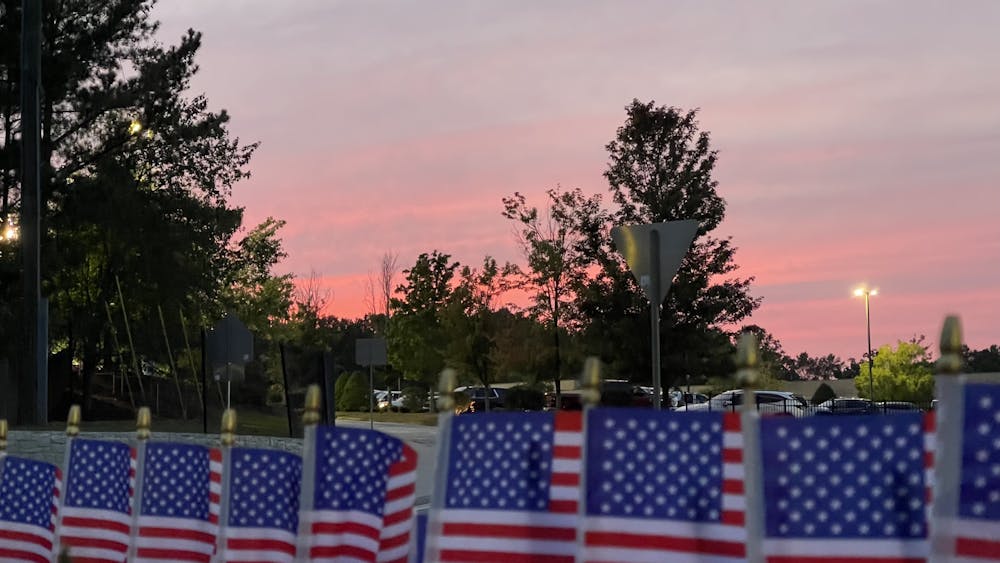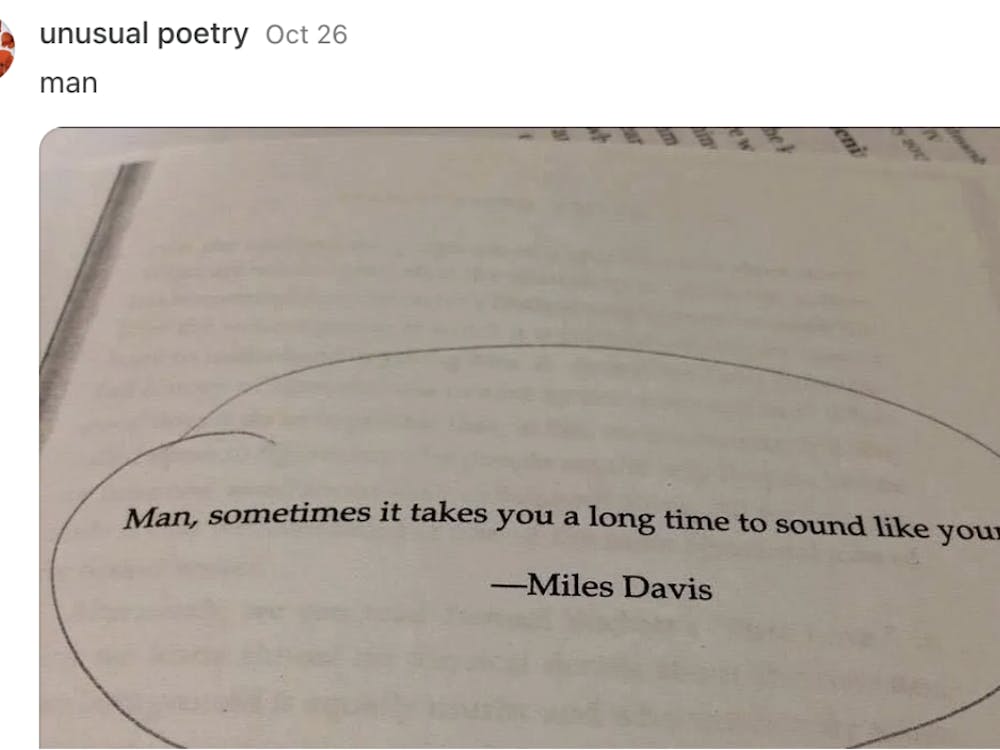Around 17 years ago, the U.S. Supreme Court delivered one of its most consequential decisions in modern American history. The case before the court — District of Columbia v. Heller — concerned D.C.’s law that banned people within the jurisdiction of the District from possessing handguns or assembled long guns for purposes such as individual self-defense. This case is one which took up the mantle of a centuries-long debate regarding the intended scope of the Second Amendment and sought to settle its ambiguous wording.
Given the state of gun violence in the United States in recent years, it is obvious which argument prevailed in front of the bench. In a 5–4 decision, the conservative justices, with the swing vote of Justice Kennedy, successfully cemented the individual right to bear arms without needing to fulfill the condition of militia affiliation. This expansive interpretation has limited the scope and abilities of already limited gun control legislation; if not already in the courts, then in legislatures and the political atmosphere. Instead of a tool of a free state like the founders intended, firearm ownership had become, and is now validated as being, synonymous with an American identity of unrestrained freedom from government overreach and reactionary fear of all things unknown and foreign.
In a country where firearms owned by individuals outnumber people, this identity built around firearm ownership is used to demonstrate a form of zealot patriotism. Such an attitude has plagued legitimate action towards helping children and groups — our fellow citizens and neighbors — from being victims of gun violence, all in the name of a freedom the Founding Fathers never intended when actually dissecting the text of the Second Amendment consistently.
The real text of the Second Amendment is as follows: “A well regulated Militia, being necessary to the security of a free State, the right of the people to keep and bear Arms, shall not be infringed.”
The consequential decision of the conservative majority relies on a wide breadth of historical intent behind the grammatical structure of the Second Amendment — which, when read, is antiquated in its syntax at the very least — and how it separates into a prefatory clause (“A well regulated Militia, being necessary to the security of a free State”) and an operative clause (“the right of the people to keep and bear Arms, shall not be infringed”). The majority opinion argues that based on the writing style of legal texts of the time, the prefatory clause clarifies — but does not expand or limit — the operative clause, which holds the real substance of the sentence (the right to bear arms).
In addition, the majority opinion holds that to “bear arms” in American historical contexts, as similarly written in the Constitution, was not very often connected to the militia, and was more often related to the individual ability to carry weapons (p. 584–5). This is a fact reinforced by certain uses of the term throughout history as a personal right despite possible military contexts, in which the opposing side argues for its exclusivity as a military term. The majority opinion even argues upon the definition of the militia, which, in the end, they define as the existing body of able-bodied men able to take up arms for cases of common defense. The idea originates from the lack of a specific founding of a militia, and only its ability to “organize” one (p. 595–6), in Article I of the Constitution.
The Heller decision rests upon an originalist and textualist interpretation of the Constitution, approaches meant to ascertain the meaning of the law based on the intent when it was written and the plain language of the law, respectively. However, these methods, in the context of gun rights, leave much to be desired in terms of argumentative rigor, exposing inherent flaws in the combination of these approaches — where the originalist interpretation applies a layer of estimation to the law and the textualist interpretation skews from its plain word.
The majority opinion in Heller tries to infer a historical text’s construction and intent through modern understandings of dated texts, and as a result fails to be either plainly originalist or strictly textualist. The opinion tries to maintain the veneer of its conservative originalism, but falls to the same semantical and overly scientific justifications that conservative justices railed against in more liberal interpretations — like when dissenting justices in Roe v. Wade Justice White and famed conservative Justice Rehnquist objected to the reliance upon scientific and medical facts to settle many aspects of the case. Justice Scalia’s majority opinion in this case fails to deliver a purely textualist or originalist interpretation precisely because neither of the strict definitions would have led to the same decision, and instead delivers an opinion that goes against the actual holding of the case.
When looking at it through a strictly originalist lens, the definition of the prefatory clause to be simply a clarification of the operative clause ignores the intent of the Bill of Rights being not only a safeguard of individual rights from federal overreach, but also a protection of individual states’ rights under the Constitution. It is by no lapse of judgement from the political thinkers and judges of that time that state governments had no obligation to ensure any rights provided by the Bill of Rights to the state level even after the Due Process Clause of the Fourteenth Amendment. Only when the process of selective incorporation of rights guaranteed by the Bill of Rights was justified by the Due Process Clause did the rights finally extend to the state level in 1897 and later further affirmed in 1925.
Furthermore, the majority’s opinion that just because Congress had no right to organize “a militia” ignores the fact militias were a state, not an individual, affair, and that calling upon “the militia” is better interpreted historically as simply calling upon any and all able state militias for common defense as needed. Yet, this does not take into account the special term “well-regulated militia” in the prefatory clause, which the majority deliberately omits due to its nature as a prefatory and not an operative clause, limiting its weight and dismissing any alternative interpretations for its inclusion.
Through the textualist lens, which is centered around the plain word of the law and not its historical trifles, the Second Amendment guarantees states the right to define their own standards of a proper state militia. But this guarantee does not extend far enough to imply that every able-bodied man is part of it. There is little reason why — if the militia consists of every able-bodied man — they would specify “well-regulated” rather than “bodily-able,” or even omit qualifications in its entirety. After all, few can claim realistically that a loose band of armed and fit men without any code, rules of engagement or training is “well-regulated” in any sense of the term, even Washington himself.
This issue with the often isolated phrase “militia,” especially a well-regulated one, must have been considered by Washington and the other drafters of the Constitution as they contended against armed individuals and groups during the fragile first years of the United States. Insurrections by rogue armed groups such as Shays’ Rebellion played a central role in the buildup to the Constitutional Convention and a tightening of the federal power, while the resolution of the Whiskey Rebellion affirmed that power through the putdown of another armed rebellion against the federal government. Antifederalists especially sought to retain the state power to form and arm state militias in fear of a standing federal army. This can be seen in the original Articles of Confederation, which severely weakened the national government in fear of another monarchical central authority. Under the framework of the Articles of Confederation, many states integrated private militias who could only operate under state government orders, while those who declared themselves a “militia” or were simply organized and armed without state approval were often put down lawfully by both state and federal forces.
Ultimately, the Second Amendment, through a judicially incoherent mix of various interpretations, created a narrow gap which allowed the justices to rule in favor of an individual right to gun ownership outside of a connection to a militia. This disastrous analysis of the Second Amendment — justified through inconsistent historical analysis and arbitrary grammatical estimations presented as unwavering historical fact (not even the first time) — did little to the continued rise of and debate over gun culture in the United States, other than to cement its divisiveness throughout the ages. A decision that was opposed to it will not have done much to dent a nation built upon the notion of freedom either.
However, this ruling did stunt the trajectory toward more proactive gun regulation in the United States at a time when the country began to agree upon some forms of gun control, and continues to be the crux upon which many defenseless children and people across the country lay dead in school shootings, terror attacks and other acts of gun violence as a result of the inappropriately easy access to firearms, especially for more dangerous high-capacity or assault-style weapons. One cannot deny the fundamental intent of the Second Amendment as a safeguard to protect individual rights, but it was not the right meant for individuals, but rather, that of the states’ right to protect itself and its citizens against an overarching federal government, not just an individual freedom for freedom’s sake.





